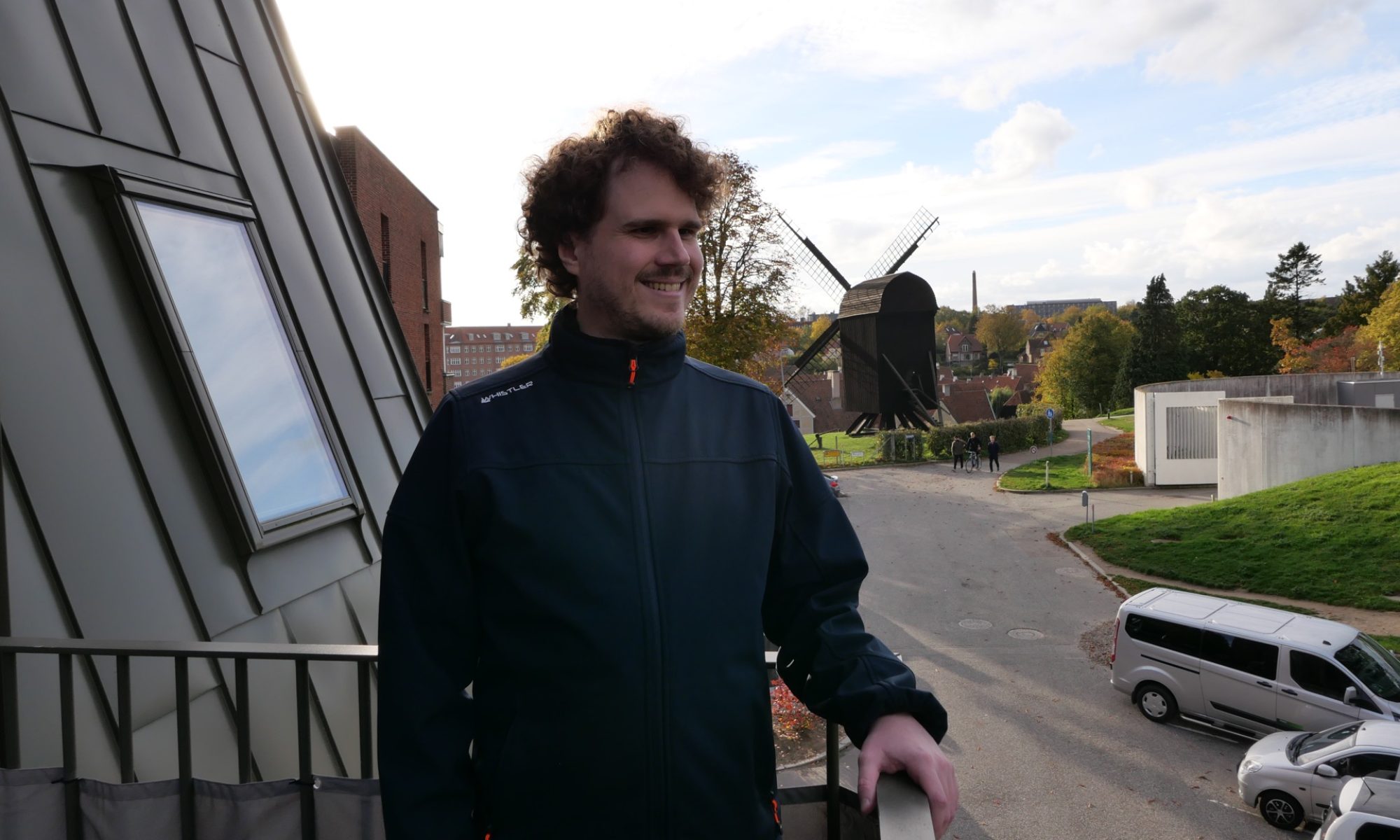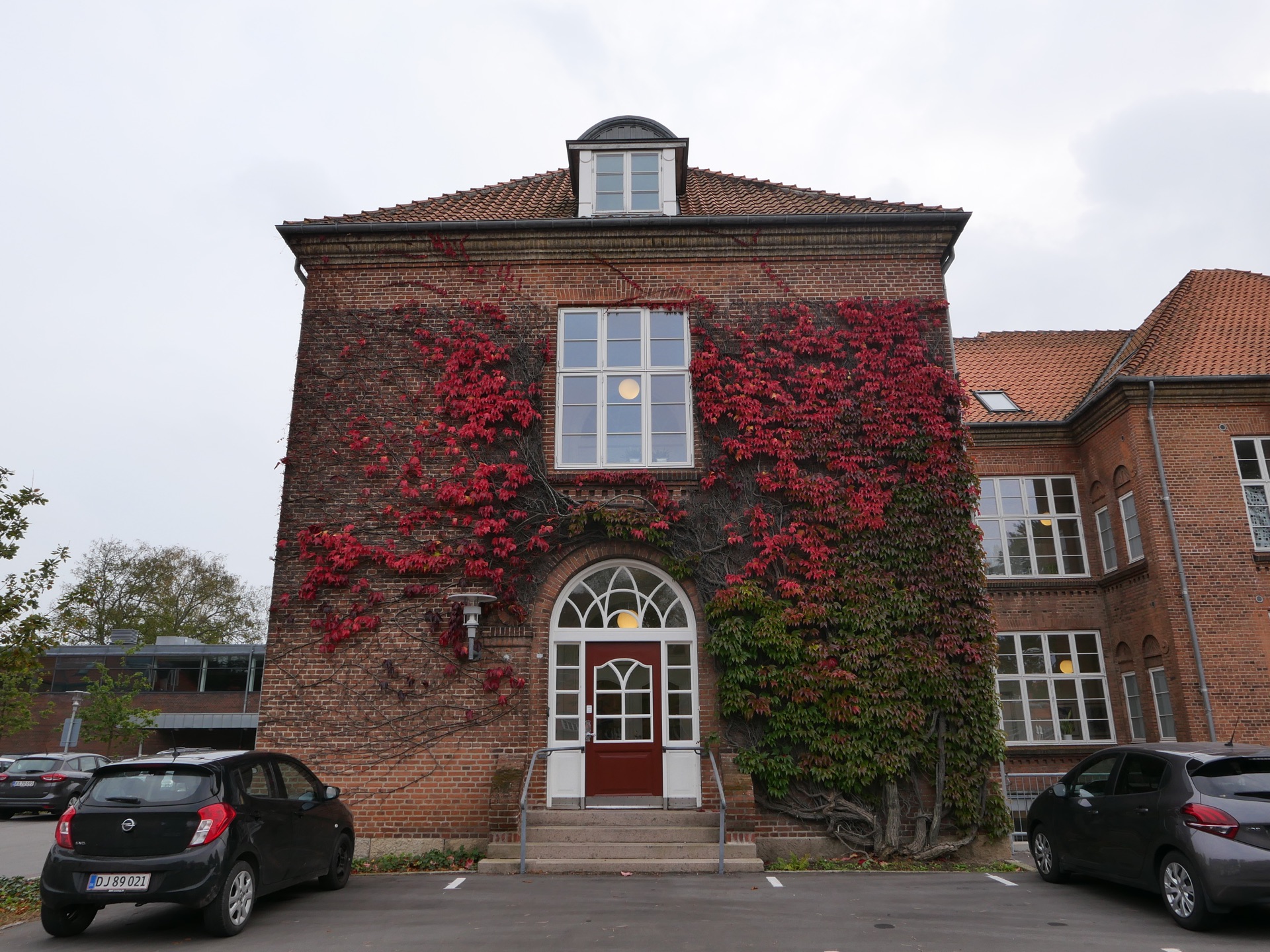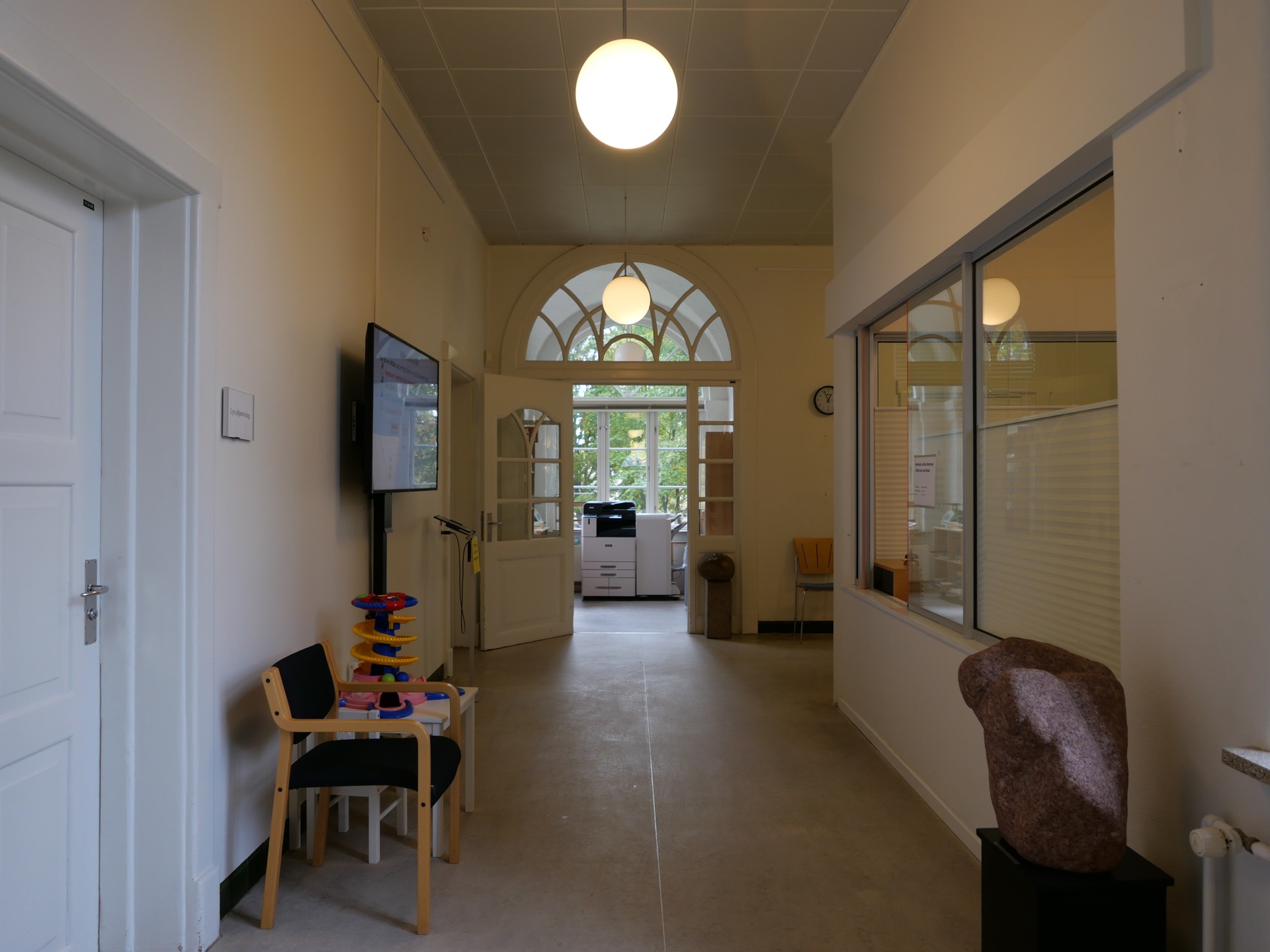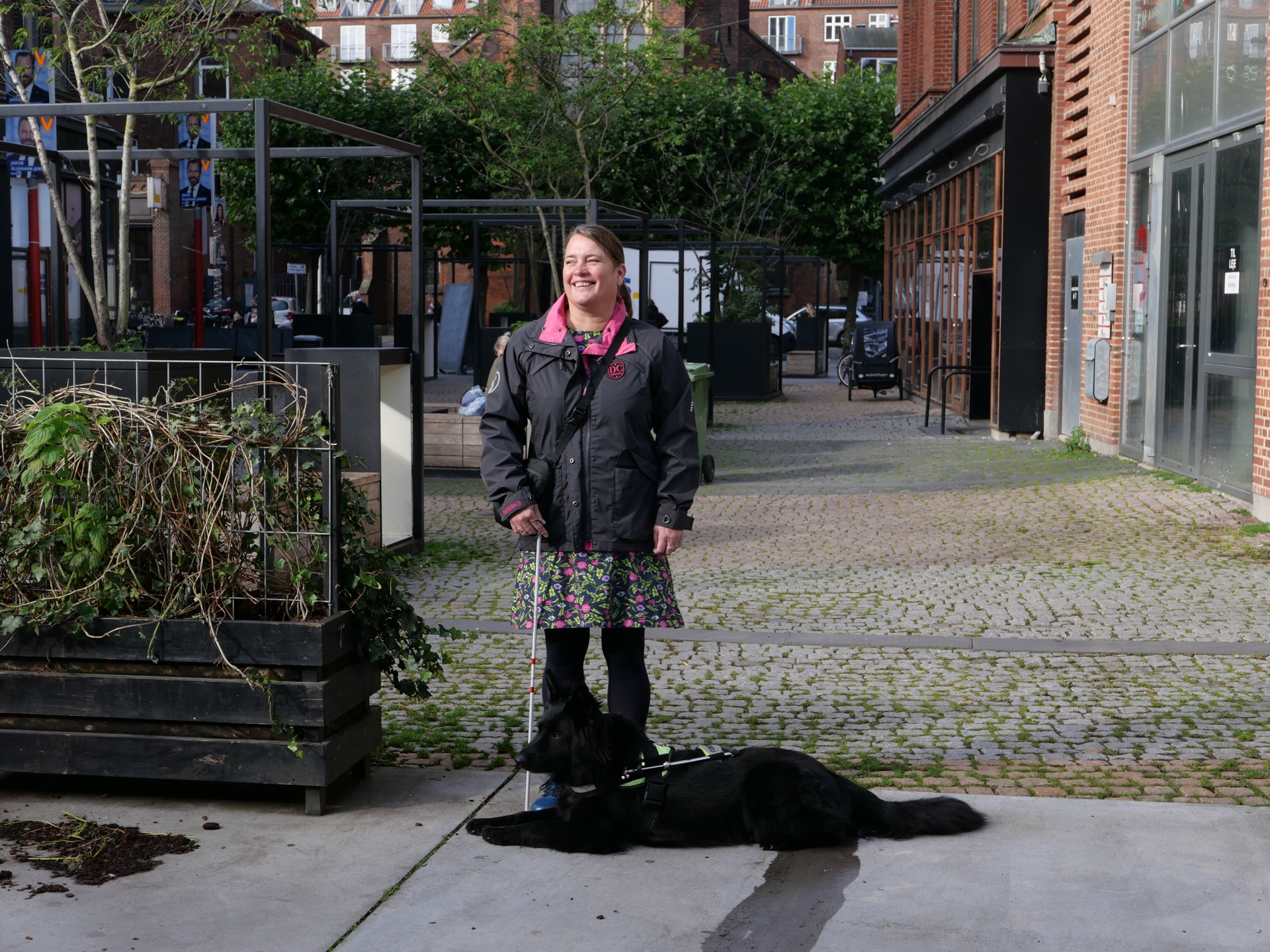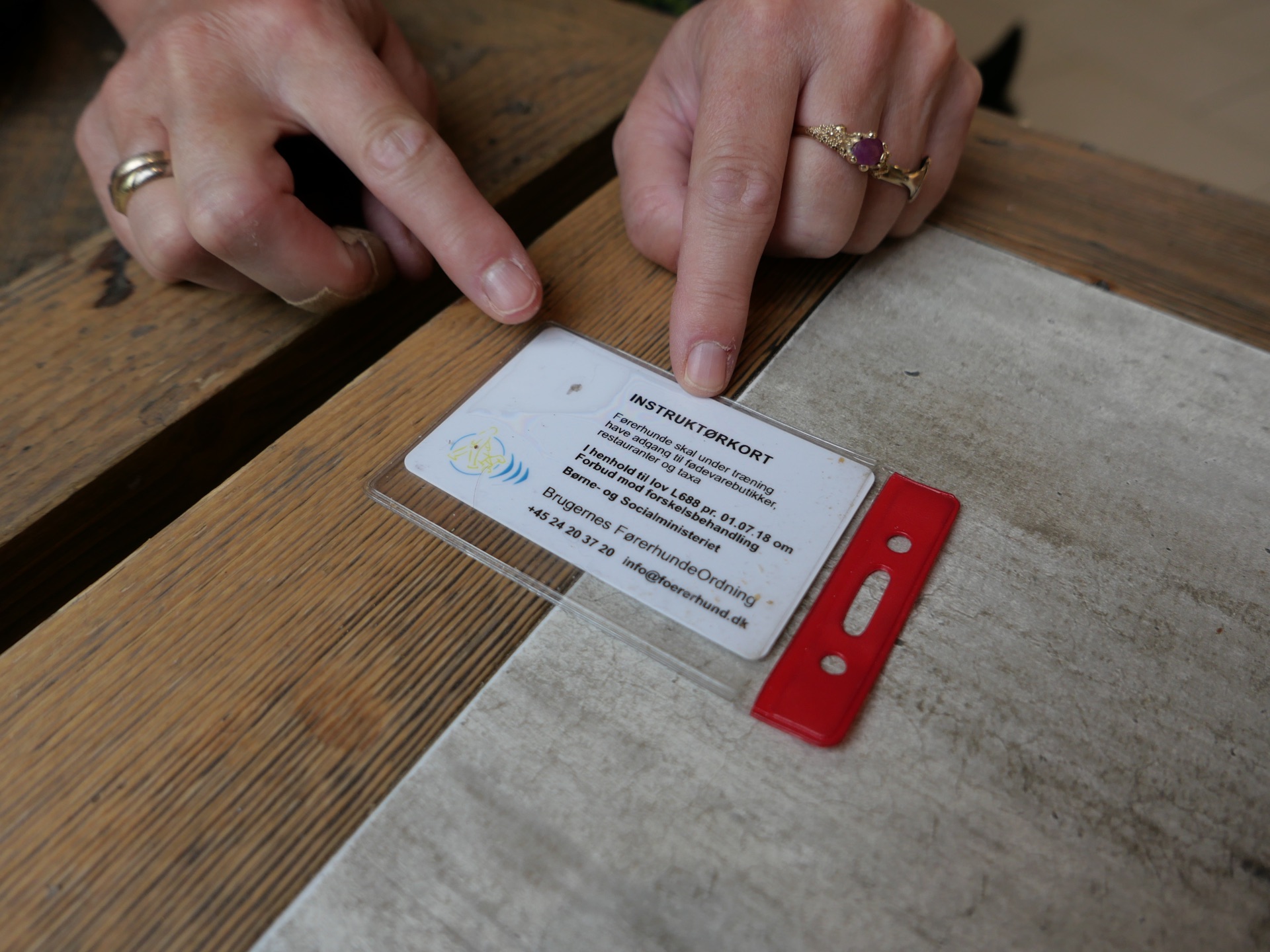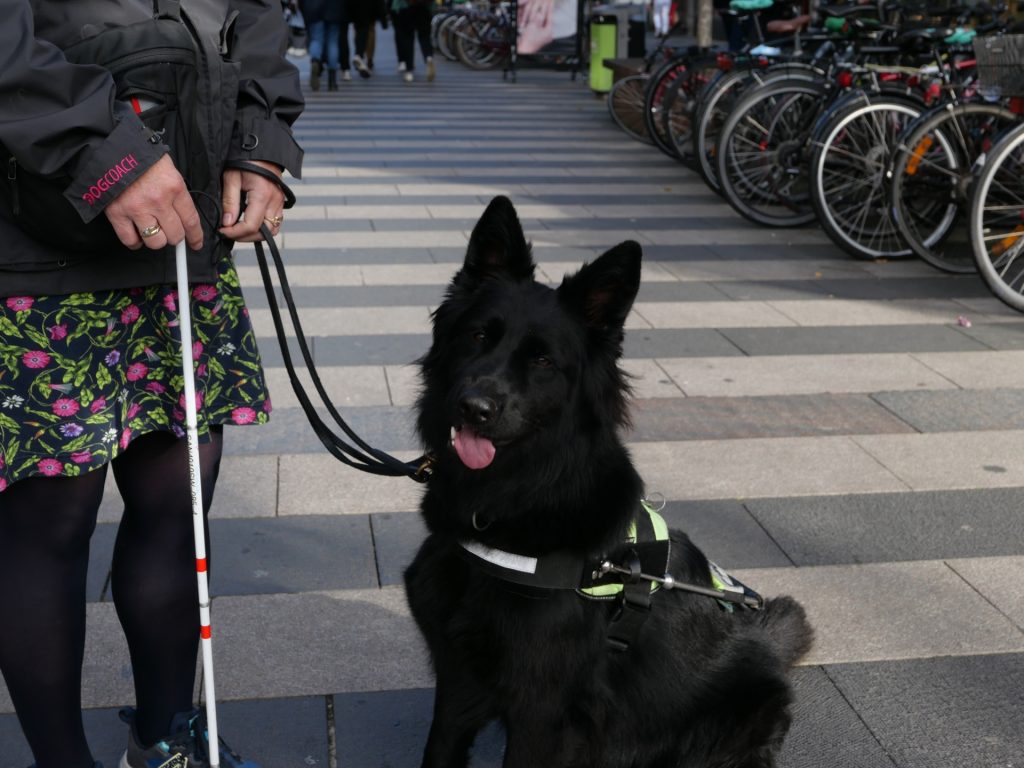Malthe Jepsen is a 30-year-old musician living in Aarhus. He was born blind, though this fact does not stop him from enjoying life like any other man his age. Despite not having light perception, his imagination works just fine — but in a different dimension. Instead of picturesque views, Malthe thinks of geometric shapes, textures, and sounds — things we all experience daily, but do not always pay enough attention to.

Photo: Martin Dam Kristensen
Malthe recently finished his Master’s in jazz performance at the Royal Academy of Music. Now he works full-time as an IT consultant, focusing on accessibility auditing. In his spare time, Malthe enjoys long walks, reading, hanging out with friends (including some quality time with his bandmates), and travelling.
He has spent most of his life on a par with sighted people — and it requires keeping in step with modern reality, this is when technologies come in handy. Malthe mentions what a great job Apple has done in terms of accessibility — he can use VoiceOver to chat with friends, check if he has new notifications, or scroll through social media. FaceTiming can also be very useful — especially while choosing the correct colours of clothes for a concert or doing grocery shopping. Although the latter does not happen that often — delivery services allow one to do shopping from home. Maps, books, useful apps — everything is stored inside of your phone, and this fact significantly simplifies blind people’s lives. Malthe still needs to use a white cane to walk, but if he is not exactly familiar with the route — his iPhone does the rest for him. Even in cinemas, he can use an app that provides an audio description of the movie one is watching — though even without it young musician’s friends are always willing to describe what is going on on the screen. Malthe says that he would love to have a robotic guide dog for good measure — so that it could roll around and guide one around obstacles. Probably the demand is not there yet — but it is a nice direction in which technologies can go further to improve accessibility for the blind.
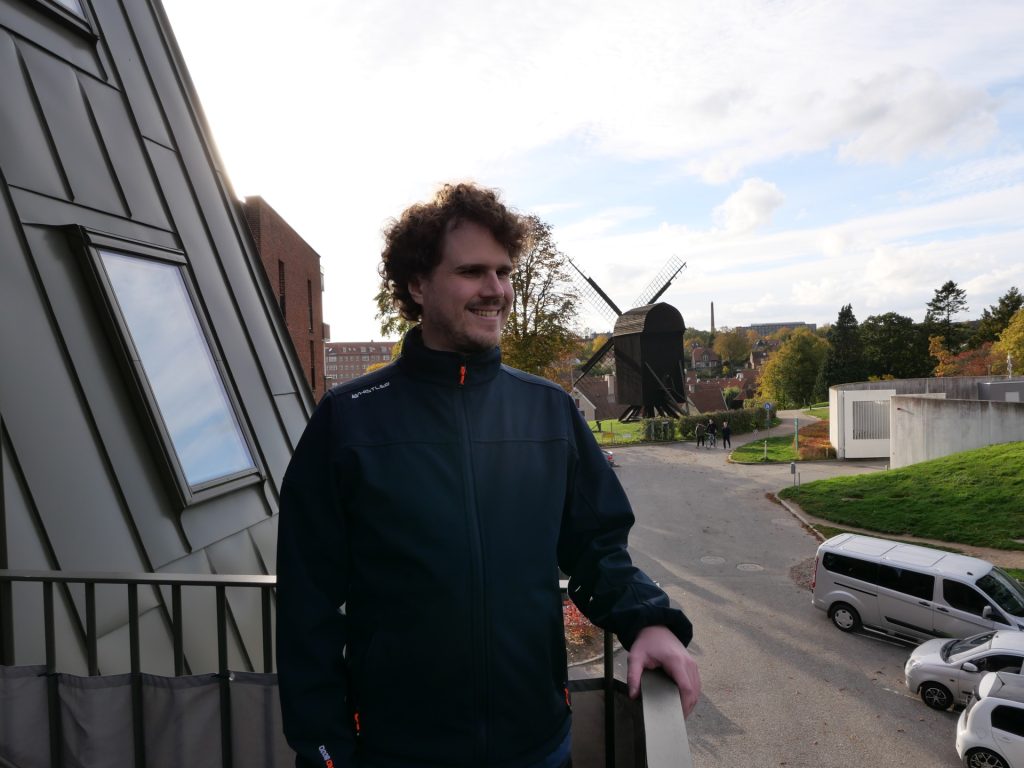
I’ve just finished my degree and now I’m working with the stuff I really love to do. I’m surrounded by people who are wonderful. These are probably the most important parts, right? So I’m basically super fulfilled in that sense, which is great.
Malthe Jepsen
